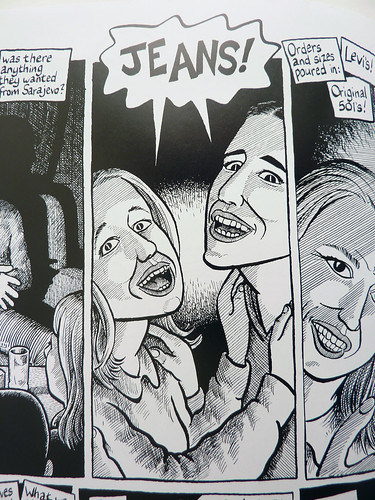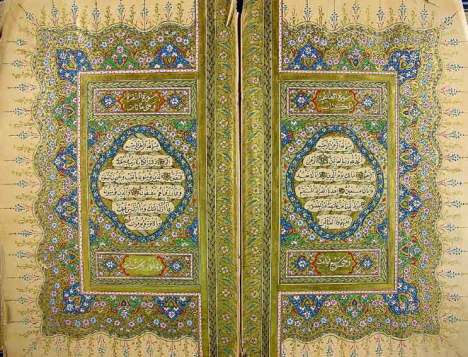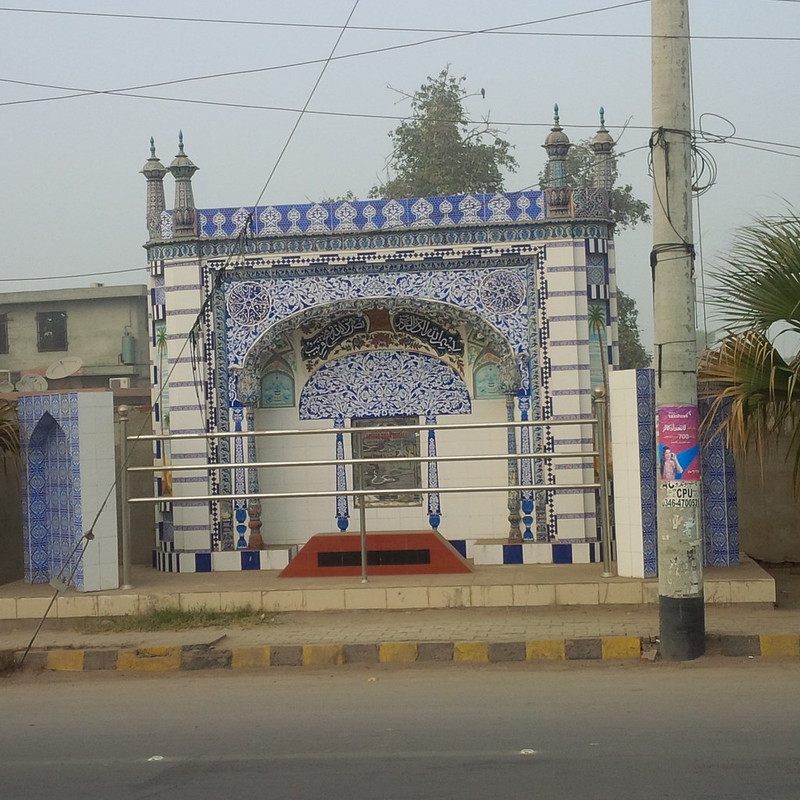Safe Area Gorazde, a Graphic Novel by Joe Sacco
Yesterday, on January 30th, 2015 the appeal of some of the Serbians convicted of the Srebrenica massacre in 1995, were denied and the verdict upheld
http://www.bbc.com/news/world-europe-31053503
The Bosnian war took place during my years of training. I had a peripheral awareness of it. Those days of residency and fellowship were the most ignorant of my adult life. I was almost completely unaware of the world affairs and politics. Vaguely remember realizing that there is a significant Muslim population in Europe and that they were mostly at the receiving end of the atrocities.Now years later, I know many Bosnians. I go to Ridgewood/Glendale section in Queens twice a month. There is a Bosnian community and has a beautiful mosque on Myrtle Avenue.
GRAPHIC NOVELS:
Earlier this month, my niece gave me two graphic novels for my birthday. It introduced me to a new genre of literature. Written like a comic book, but containing serious material, it is quite popular with the millennials. Now that they are older adults, hence the popularity of graphic novels these days.
The two books I got and read were both serious material and dealt with the life under conflict or autocratic rule. First was 'Pyongyang" by Guy Delisle, a French Canadian who now lives in France. He traveled to North Korea, as a representative of A TV company, it gives a rare peek into the life of the most secluded country of today. More on that at http://ghareebkhana.blogspot.com/2015/01/guy-delisle-pyongyang.html
The other book was on Bosnia.
It tells the story of the tragedy which befell on Bosnia through the eyes, ears and pencil sketches of Joe Sacco who as a journalists spend considerable time in Gorazde. With an introduction by none other than Christopher Hitchens it is an easy to read treasure of a book.
Gorazde was one of the 'safe areas' declared by UN during the Civil War. It was raided by Bosnian Serbs two times but largely survived the massacre. It however was home to many refugees from other areas which fell under Bosnian Serb rule.
A graphic novel tells
you a lot more than what is written in it. Each page has three to six
graphic sketches. One can spent a lot of time absorbing the details of
each sketch: facial expressions, the background, the devastation and the
pillage, the gloom and the tyranny, the hope and the resolve; all are
marvelously expressed in black and white pencil work. It is a much under appreciated form of art.
HISTORICAL BACKGROUND:
First a primer on the background. For details one can reference may sites. One reliable timeline is http://www.bbc.com/news/world-europe-17212376HISTORICAL BACKGROUND:
In short, in my words, I understand the history as follows. It is an oversimplification, however.
Bosnia
was the most ethnically diverse part of the Republic of Yugoslavia. It
had a majority of Muslims (descendents of Slavs who converted to Islam
during Ottoman rule) and rest divided into Catholic Croats and Orthodox
Serbs.

Pre and Post WWI
This southern Slav area was under Austrian annexation when a Bosnian Serb killed an Austrian prince in Sarajevo leading to World War I. At the end of the WWI it evolved as the State of Slovenes, Croats and Serbs. During World War II Croats sided with Nazis and committed atrocities against Serbs. The Serb resistance was divided in two main factions, the Chetniks who were nationalists and the Partisans. Muslims could be found on all sides of conflict during WWII; they were either in SS under Nazis or part of various groups. After the war, the Partisans eventually prevailed pushing the Chetniks to the side. Tito was a Partisan and was half Serb, half Slovenian.

Tito's Yugoslavia
Tito formed this artificial country called Yugoslavia, which had Serbia (along with Kosovo as an autonomous region), Slovenia, Croatia, Bosnia, Macedonia and Montenegro. He managed to maintain his policy of Brotherhood and Unity without letting the grievances of nationalists aired. They eventually blew up when Tito was gone.
When the Iron Curtain fell, the first to secede were Slovenia, Croatia and Macedonia. The other two were able to leave the union without much issue, but as Croatia had significant Serb population, there was unrest and Serbs created a state-let of their own in Croatia.
BOSNIAN INDEPENDENCE AND THE CIVIL WAR:
Bosnia, on a crossroad to either go separate or remain in the rump Yugoslavia, run by Slobodan Milosevic, eventually declared independence. Bosnian Muslims and Bosnian Croats formed a coalition and the Bosnian Serbs wanted to secede. Their leader was Radovan Karadzic, a Columbia trained physician. Civil war broke out. Bosnian Serbs quickly took over most of the east of Bosnia, while the Croats had north east under their control. The Muslim areas were then declared 'safe areas' by UN, including Sarajevo, Srebrenica and Gorazde. The last two were on the Drina River, hence called Drina Valley. It was very close to the Republic of Serbia, and hence under heavy Serb influence.

Safe Areas 1992
Looking at a map of that time, it was like three or more islands of these safe areas, and they were connected to each other by roads through Serb controlled areas. The roads could only be used by UN convoys who usually had blue caps, hence called Blue Roads. These roads were often blocked by Serbs and many a times UN forces had been held hostage by them.
THE BUTCHERS OF BOSNIA:
The Srebsinica Massacre
In 1995 Serbs overtook Srebsinica and took the Danish Peacekeepers hostage. They let the women and children leave and kept the men. Eventually the Peacekeepers were let go and they looked the other way. Around 8000 men were massacred, the highest toll in post WWII Europe. It was after that that NATO decided to have the air campaign. (including the 'accidental' bombing of Chinese Embassy). It let to the Dayton Peace Accord and Bosnia survived as a confederation of Republika Srpska of Serbs and the Muslim-Croat Federation with a rotating presidency. Gorazde is connected with Sarajevo though a wider corridor and stays in Muslim-Croat Federation.

Killing on Drina River
A PLACE CALLED GORAZDE:
Back to the Book. Joe Sacco is a Maltese born American journalist, who spends quite a good time in the besieged safe area of Gorazde (Gore-aj-day or Gorr-as-dee). The city was attacked in 1992 and then in 1995. Just before the first attack, one morning most of the Muslims residents found that the Serb population has vanished overnight. They knew it coming and were forewarned to leave. In those days it is a war torn city, besieged, where people cannot go anywhere, have to survive on their own.
It tells the stories of common people with normal aspirations: Silly girls still wanting the true label jeans from Sarejavo from Sacco on his visits to Sarejavo, the mutual dislike of rural Gorazde and the urban Sarajevo, the gradual tensions and breach of trust between life long neighbors ie Serbs and Muslims and the realization that they could not live together again.


ANALOGY TO PUNJAB:
I could not help draw the comparisons and analogies in my mind to what happened in Punjab or what could have happened in Punjab.
The Partition of Punjab

Consider, for a moment, the former Yugoslavia as united India. At the time of Partition, the rest of India breaks away into different countries or states, and Punjab, like Bosnia,is one of them. It has Muslim majority but has significant number of Hindus and Sikhs. For examples Hindus want to secede and be part of a greater India, and there is a civil war. It would have been on almost similar dimensions. Same breach of trust between communities, living side by side, centuries old unresolved tensions found their way to be expressed violently and mercilessly. In fact it happened, although the sequence of events was not exactly in 1946-48 as it was in 1991-1995 in Bosnia. Punjab saw ethnic cleansing and Balkanisation half a century before these terms were coined.












